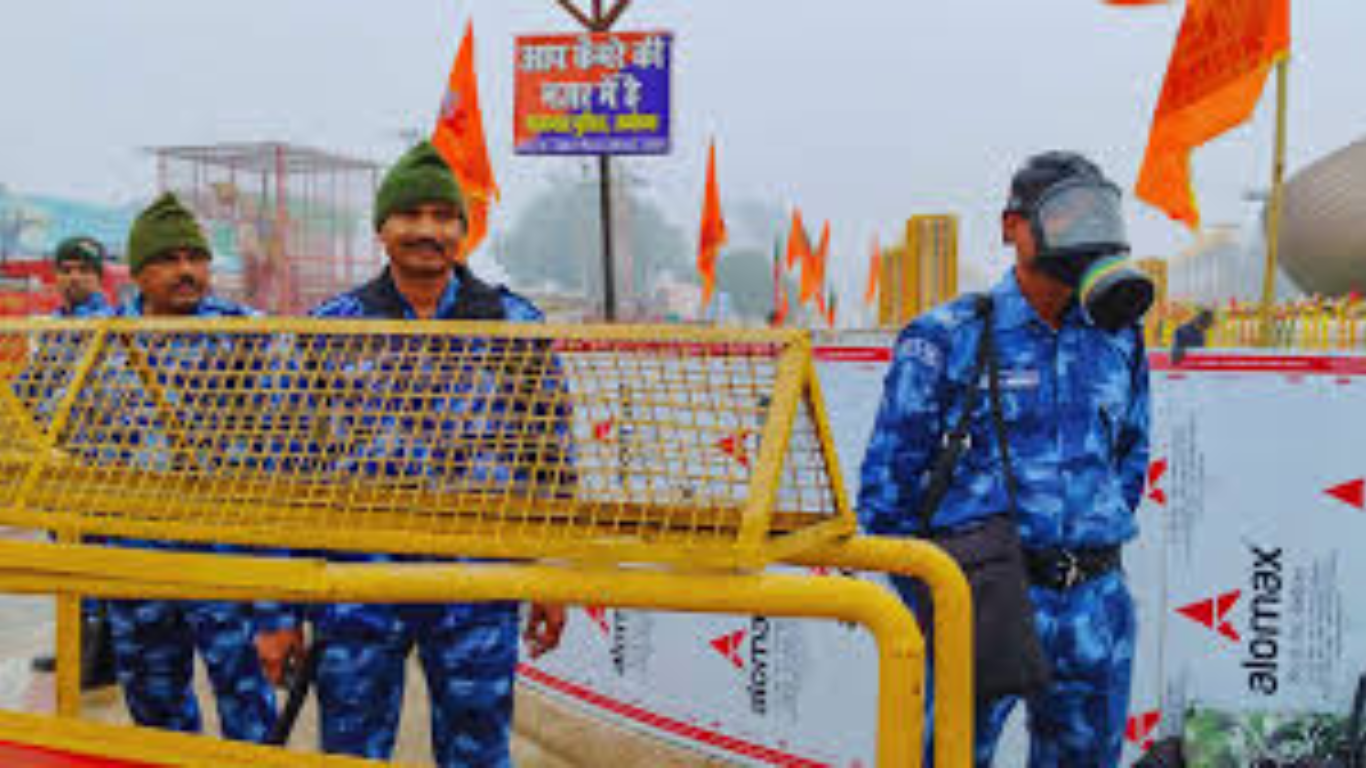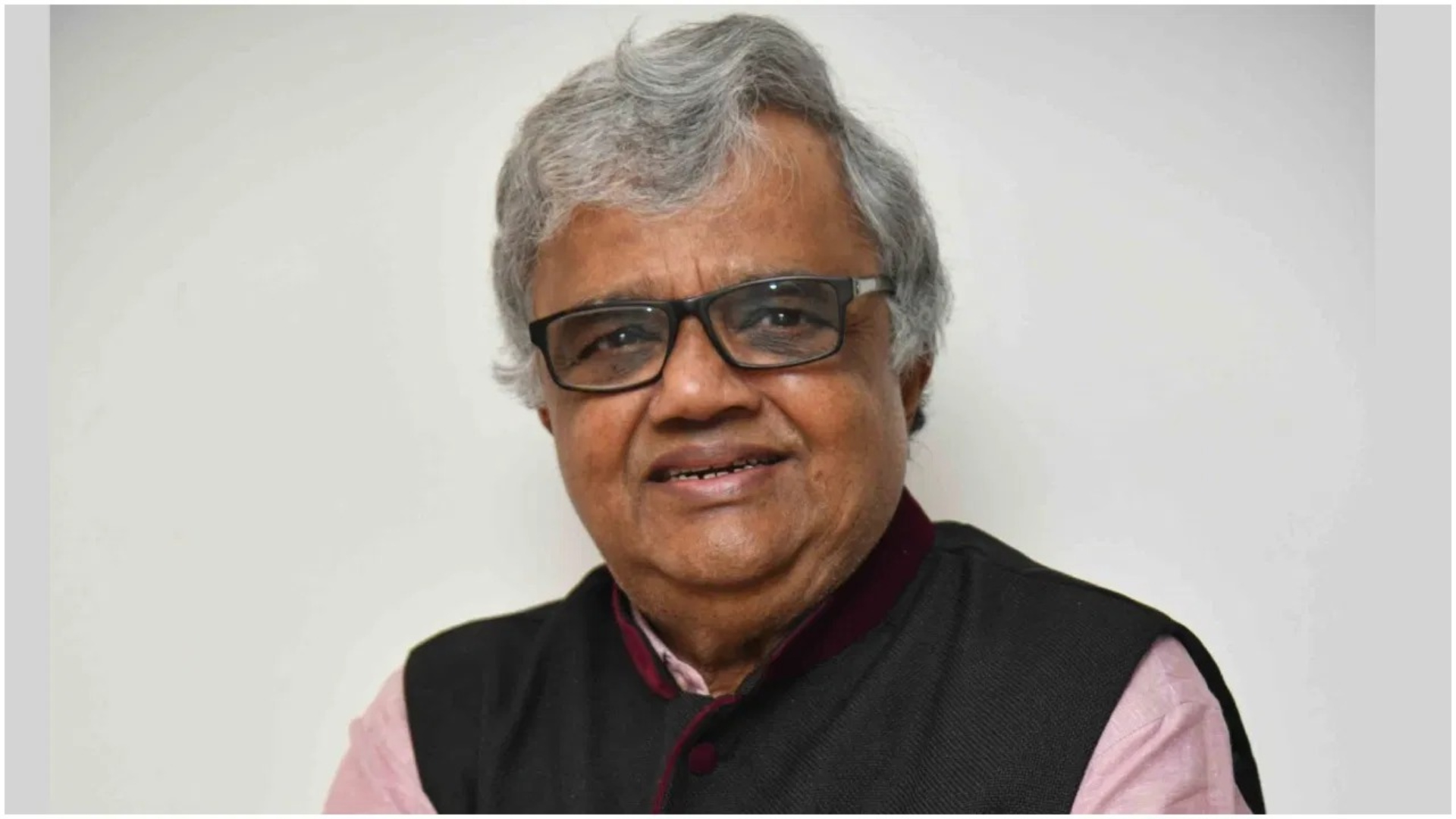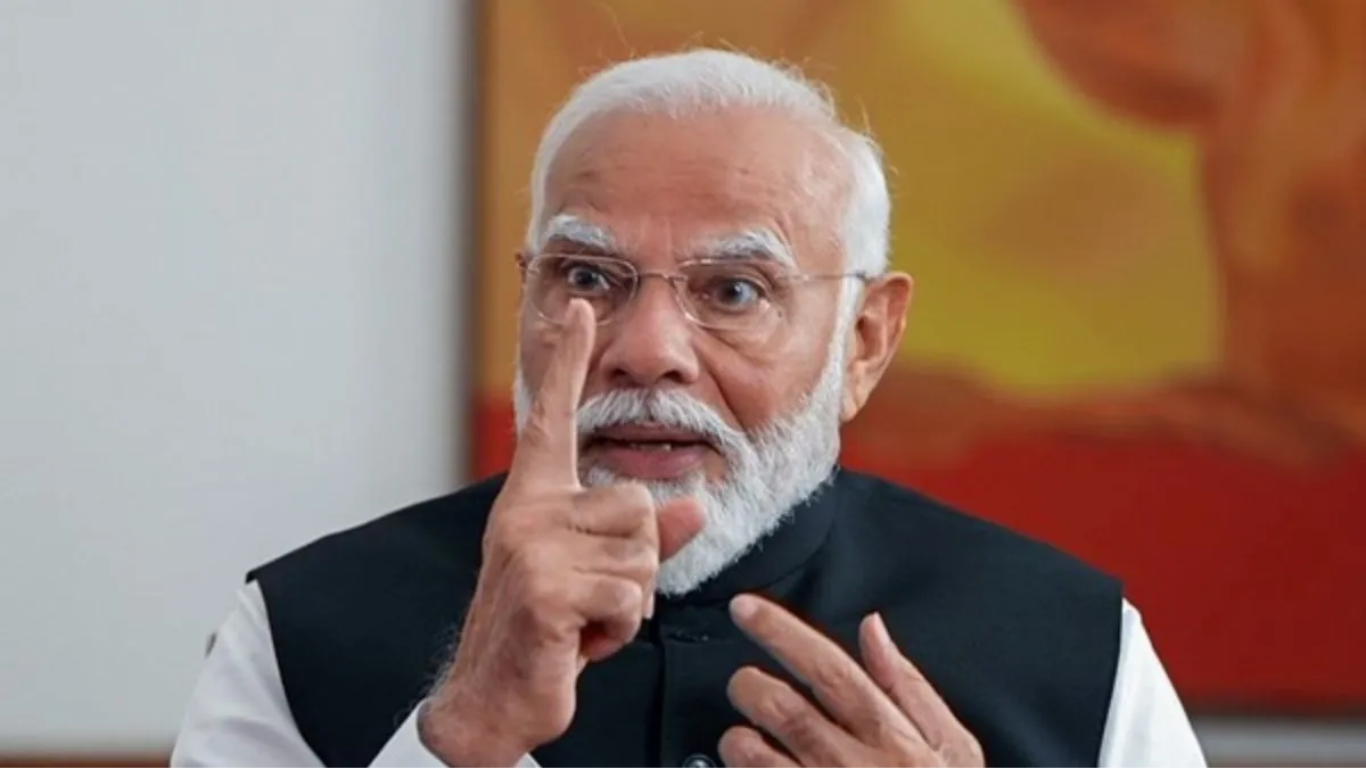


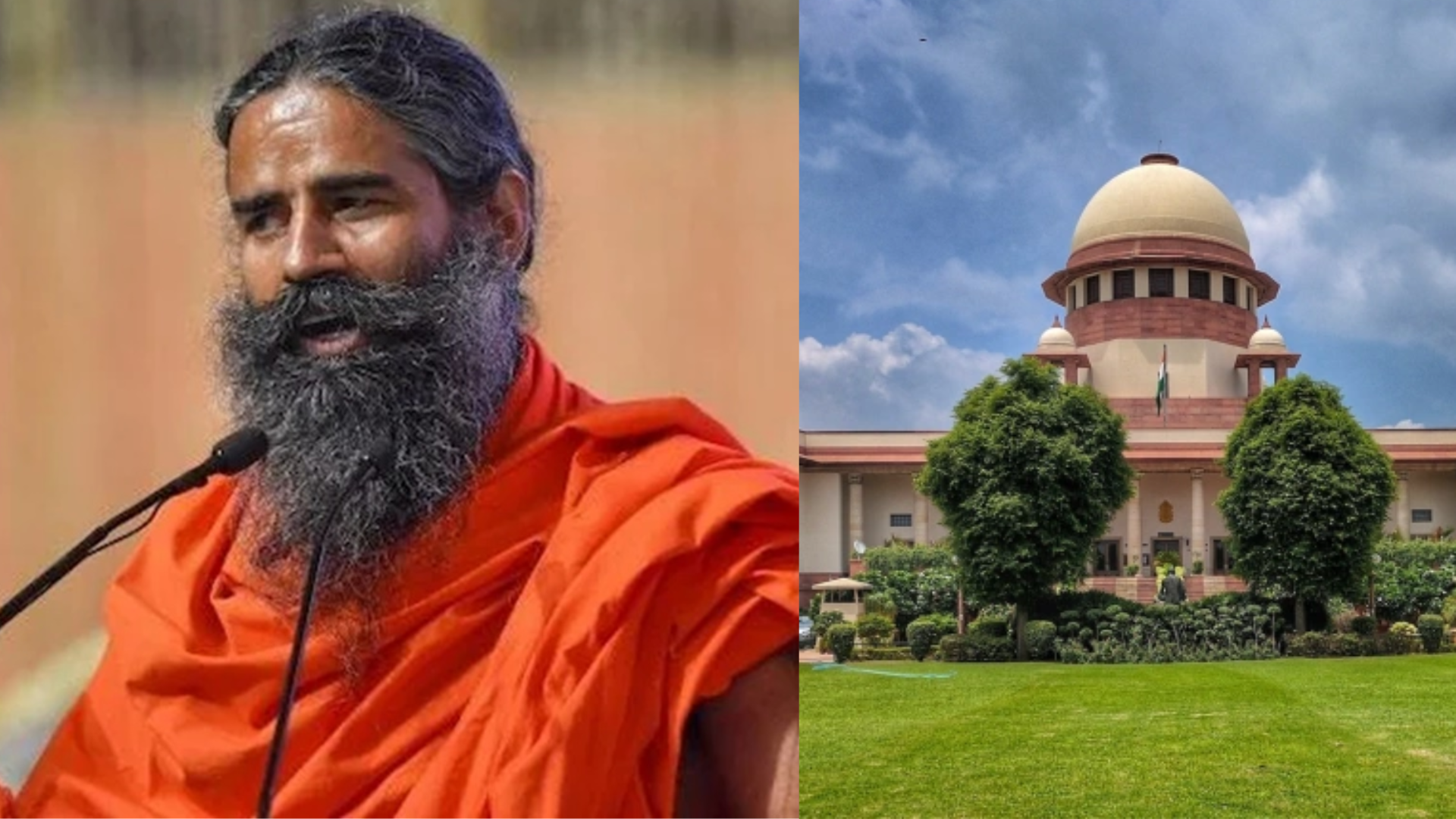
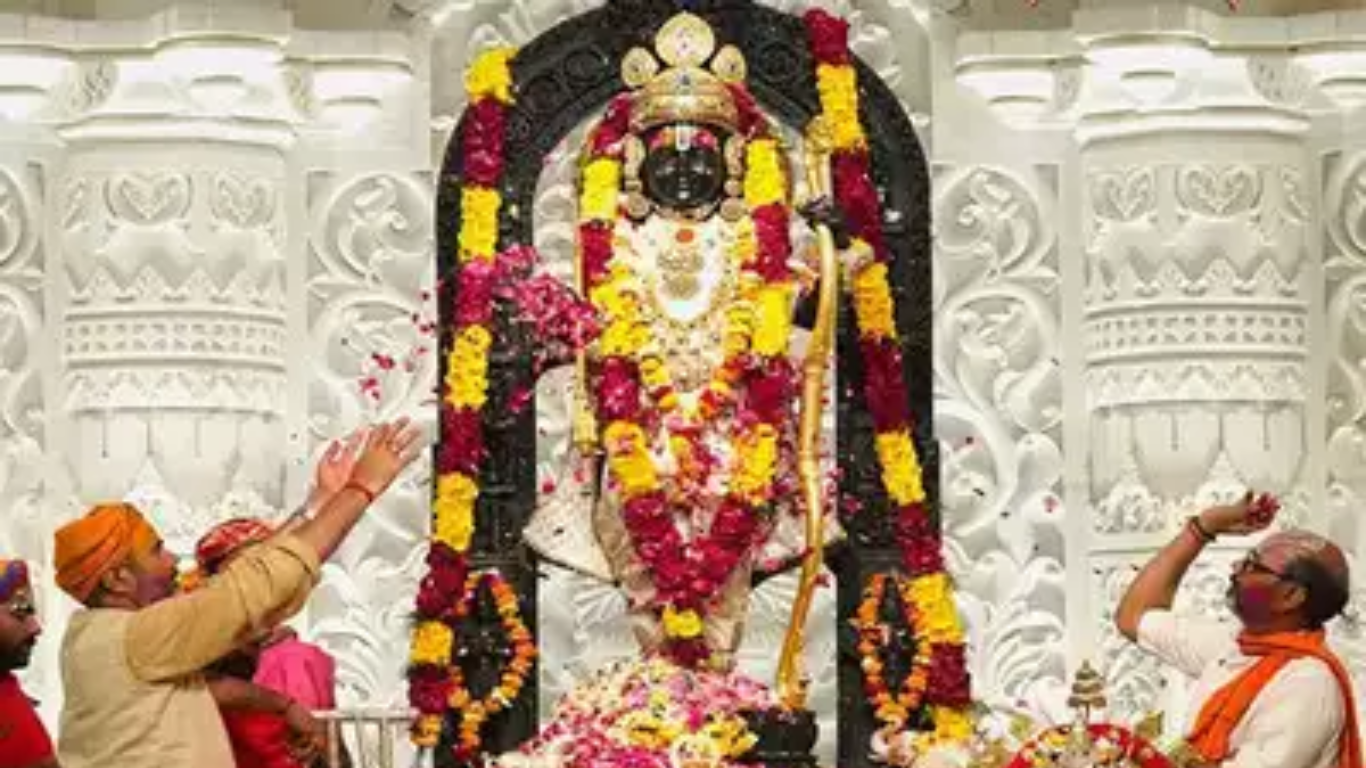
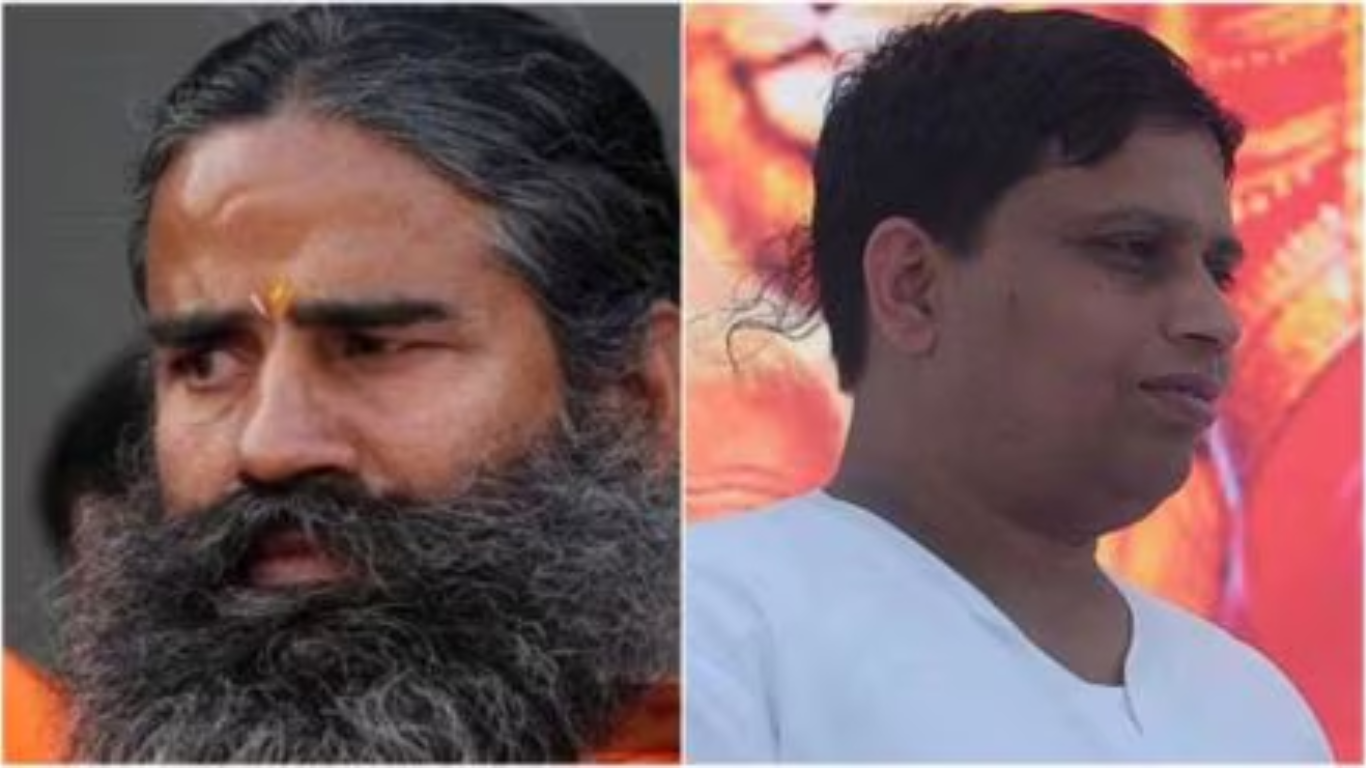
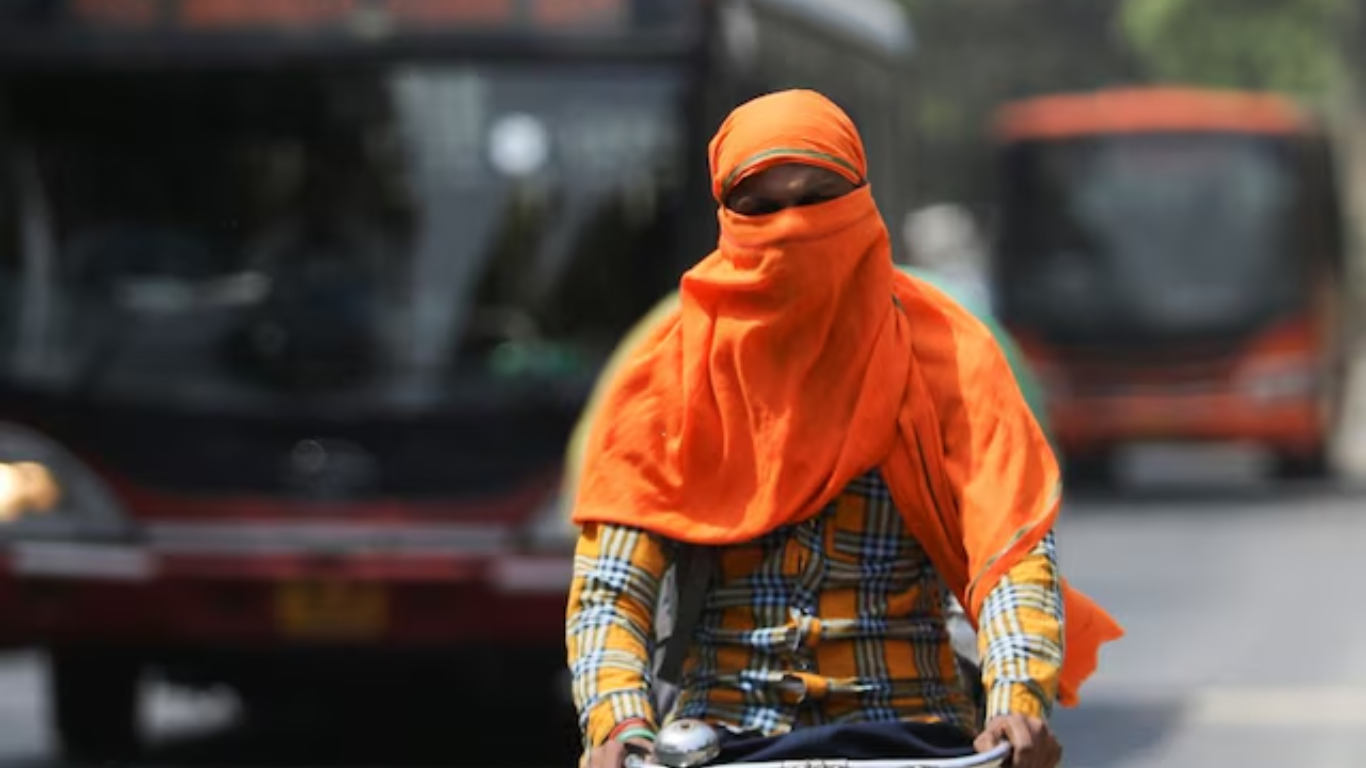
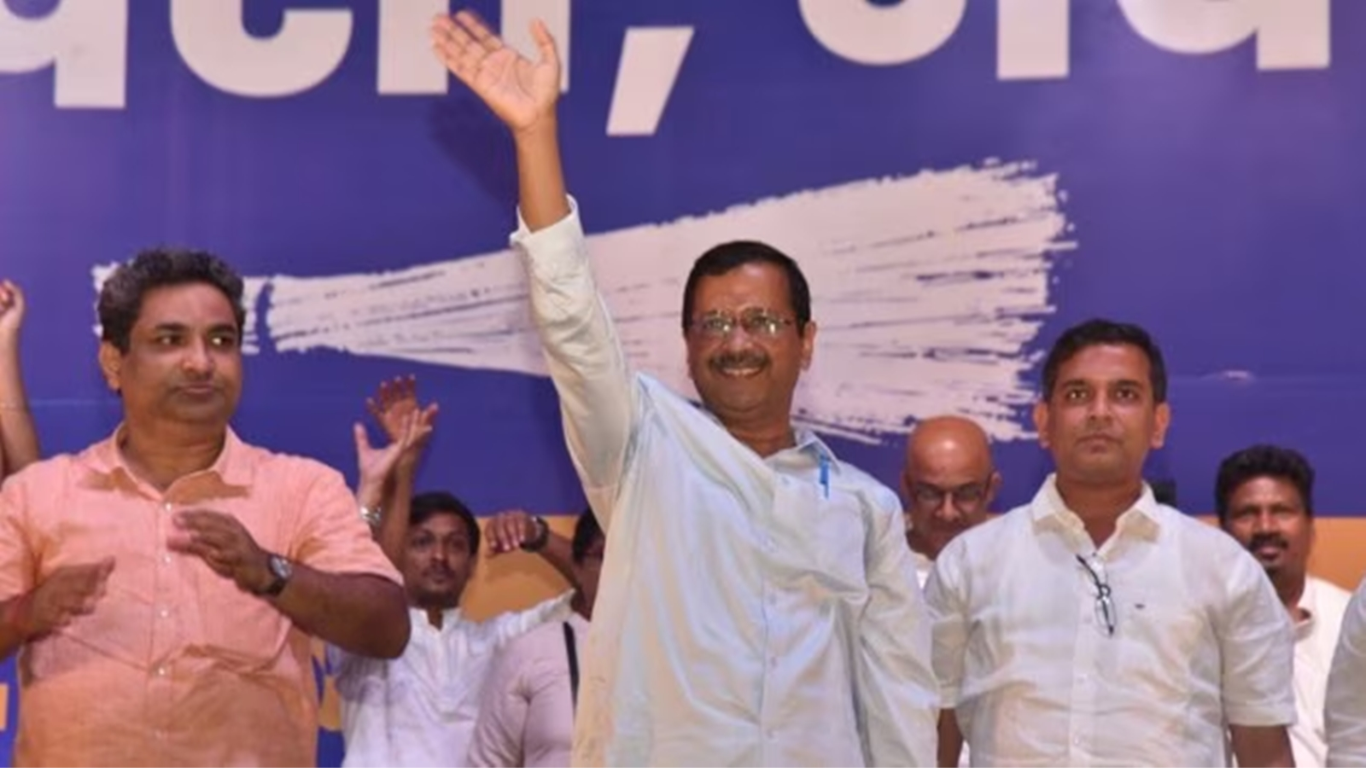
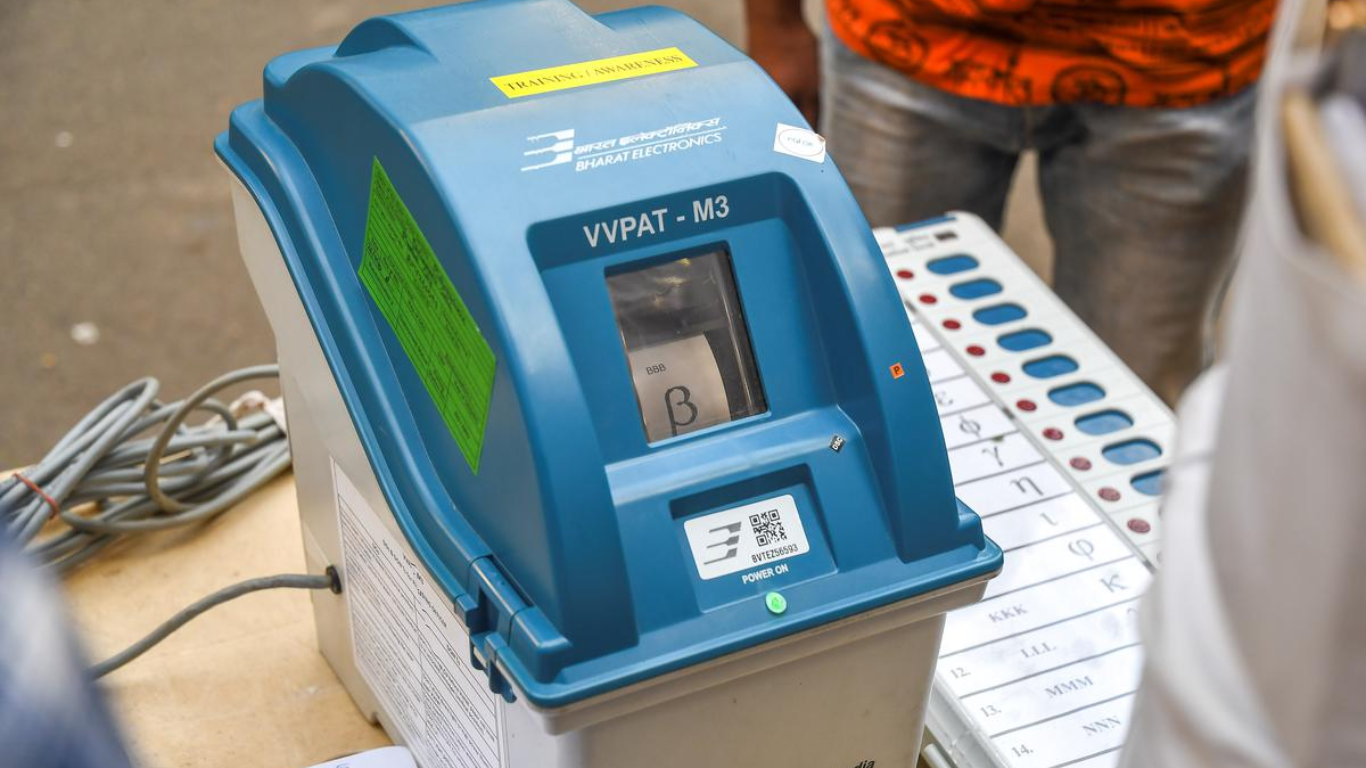
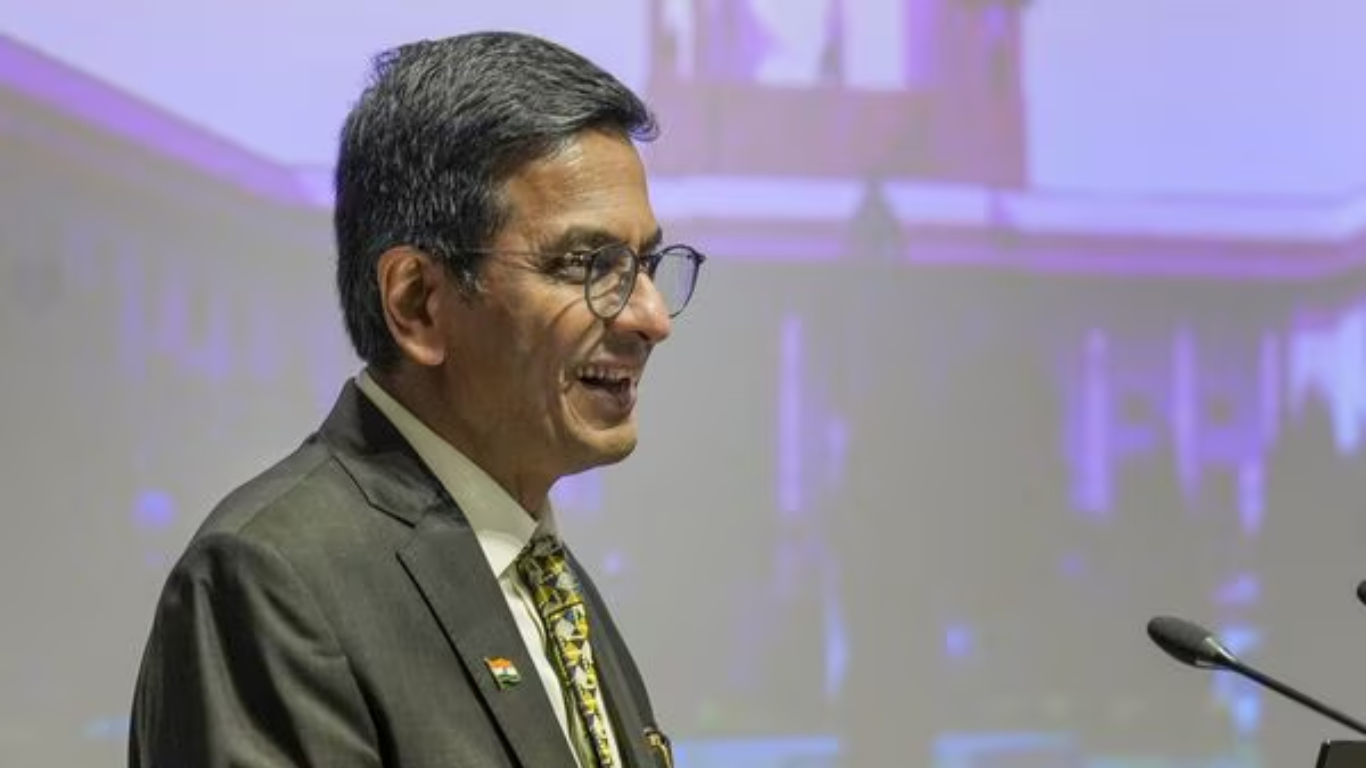
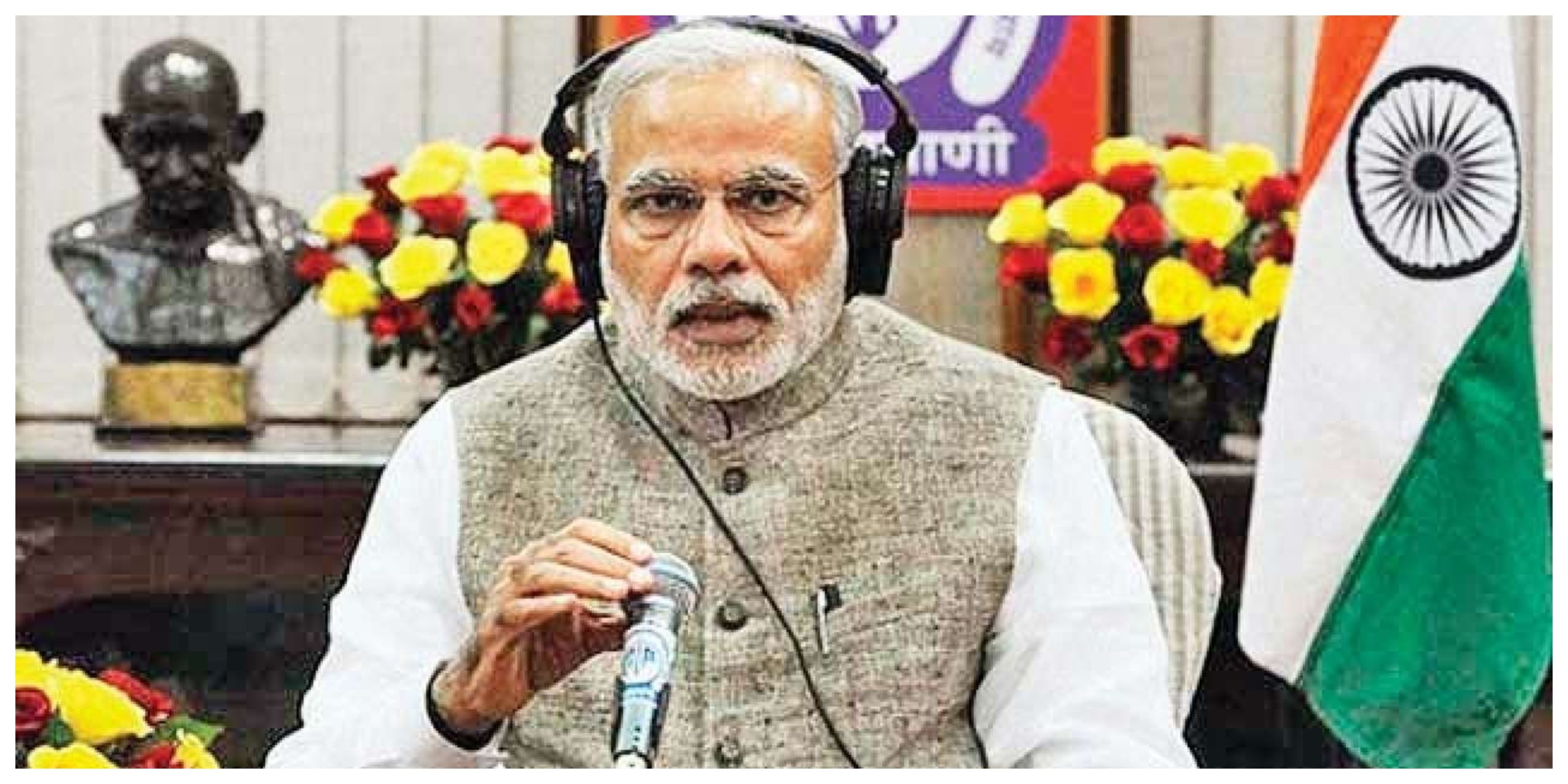
A survey on listener feedback found that over 100 crore people have at least once listened to Prime Minister Narendra Modi’s Mann Ki Baat programme and that 23 crore people regularly “listen to or view” it. The survey also found that the programme has a positive impact on “citizenship behaviour, optimism, and happiness.”
According to the survey, respondents appreciate the Prime Minister’s communication style and think he is competent, sympathetic, and resolute. According to the report, 96% of people are aware of the monthly radio show. On April 30, Mann Ki Baat will have finished its 100th edition. A few months after Narendra Modi was elected prime minister, on October 3, 2014, the radio programme debuted on Vijayadashami.
In the presence of Prasar Bharati CEO Gaurav Dwivedi, the results of the survey entitled “Listener Feedback and Sentiment Analysis of Mann ki Baat” done by IIM Rohtak were presented at a press conference on Monday. One of the survey’s key findings is the “positive relationship” between Mann Ki Baat listenership and civic behaviour in terms of optimism and happiness.
“Sixty per cent have shown interest in working for nation-building, 55 per cent affirm becoming a responsible citizen of the nation, 63 per cent feel that their approach towards the government has become positive while 59 per cent feel that their trust on the government has increased, 58 per cent expressed that their living conditions have improved while 73 per cent feel optimistic about the government’s working and country’s progress,” the survey said.
According to the survey’s findings, “nearly 96 per cent people are aware of Mann Ki Baat, more than 100 crore people have listened to it at least once, 23 crore people have listened/viewed the programme regularly and 41 crore people have scope of converting from occasional audience to regular audience”.
The results, according to Dheeraj P. Sharma, director of the Indian Institute of Management-Rohtak, demonstrated the reach of the Mann ki Baat during the press conference. In reference to the 41 crore people “who can be turned into the regular audience,” he claimed that these individuals either do not entirely or may have intermittently listened to the programme.
“I think there is a substantial opportunity from a messaging standpoint that particular 41 crore people, could become regular listeners if there is reach out effort made by the relevant people,” he said.
He claimed that the survey aimed to determine why people listen to Mann Ki Baat in terms of communication style.
“Majority of people wanted to listen to Mann Ki Baat because of Prime Minister”, he said, adding that both the program’s content and presentational approach were key factors in determining whether or not viewers listened to the show frequently or only occasionally.
“These characteristics were found through the assessment that the leader is knowledgeable, sets an emotional connect, is decisive, is very sympathetic and empathetic and wants to have direct interaction with citizens bypassing the typical hierarchy, he said.
In terms of most liked characteristics, the survey found the leader “is knowledgeable, sets emotional connect with the audience, leader is powerful and decisive, has sympathetic and empathetic approach and directly talks to the citizens and guides them”.
According to the survey, 44.7 percent of individuals prefer watching television, 17.6 percent prefer listening to radio programmes, and 37.6 percent prefer using mobile phones. According to the study, 6.2% of people between the ages of 19 and 34 prefer watching or listening to “Mann Ki Baat” on their mobile devices, while 3.2% of people over the age of 60 choose television.
In terms of languages, 65% of listeners are in Hindi, 18% are in English, 4% are in Urdu, 2% are in Dogri and 2% are in Tamil, and 9% are in “others.”
The ‘others’ include 10% apiece for Kashmiri, Telugu, Odia, Gujarati, Bengali, and Maithili, as well as 20% for Mizo and Assamese. According to the survey results, the nation’s scientific achievements, tales of ordinary citizens, the bravery of the armed forces, youth-related issues, and environmental and resource-related challenges were among the “most popular themes.”
All of the scales included in the survey instrument were psychometrically purified to test for their reliability and validity, according to Sharma, who claimed that the data was gathered using a psychometrically-purified survey instrument.
Using snowball sampling, information was gathered from the North, South, East, and West parts of the nation. The overall sample size was 10,003, and there were roughly 2,500 replies each zone.
Citizens older than 15 made up the survey’s respondents, 60% of whom were men and 40% of whom were women. The total number of occupations covered was 86, and 64% of respondents were in the informal economy, including self-employed people. Students made up 23% of respondents, academics, including school teachers, made up 9%, and housewives made up 4%.
The survey provided information about the respondents’ educational backgrounds as well. According to the report, 7.66% of students failed the Xth grade, 18.87% passed, 31.42% were undergraduates, 13.20% were grads, 16.21% were postgraduates, and 2.02% were doctorates.
Since April 2018, the radio programme has continuously been broadcast on the last Sunday of each month. Mann Ki Baat has been translated into 29 dialects, 22 Indian languages, and 11 foreign tongues.
Additionally, it is televised in 11 other languages. The English version of the broadcast debuted on January 31, 2016. Mann Ki Baat is also broadcast on Doordarshan in sign language.
The programme, according to Gaurav Dwivedi, is broadcast in Sanskrit. English, French, Chinese, Indonesian, Tibetan, Burmese, Balochi Arabic, Pashtu, Persian, Dari, and Swahili are among the 11 foreign languages, according to him.
“Pretty much every continent was covered here,” he said. Dwivedi said that April 30, when the 100th episode will be broadcast, will be “a landmark day”.
He claimed that after beginning as a radio show, the programme had grown in breadth.
“Numerous private channels also use the Doordarshan visualisation. The Mann Ki Baat programme has also been quite engaging, and many of the ideas and proposals that are presented come from the audience. These have given rise to campaigns, he said.
According to the representative, as part of the Mann ki Baat ecosystem, competitions have also been staged.
“There also has been telephonic interaction with the listeners. Some people sent in their audio statements that had been incorporated into the programme and some dialogues of some people with the Prime Minister have also made it into the programme,” he said.
All India Radio began a special series on March 15 to focus on the influence of the programme on the change of India in the lead-up to the centennial episode of Mann Ki Baat.
The show is presenting the 100 identified topics that the Prime Minister has so far highlighted in Mann Ki Baat episodes. The Prime Minister communicates with the public in a special and direct way via radio in Mann Ki Baat.
The programme has had an impact on industries including Khadi, the toy industry, startups in the health, AYUSH, and space sectors. It has been the origin, channel, and amplifier of societal changes like Swachh Bharat, Beti Bachao Beti Padhao, water conservation, and Vocal for Local.

